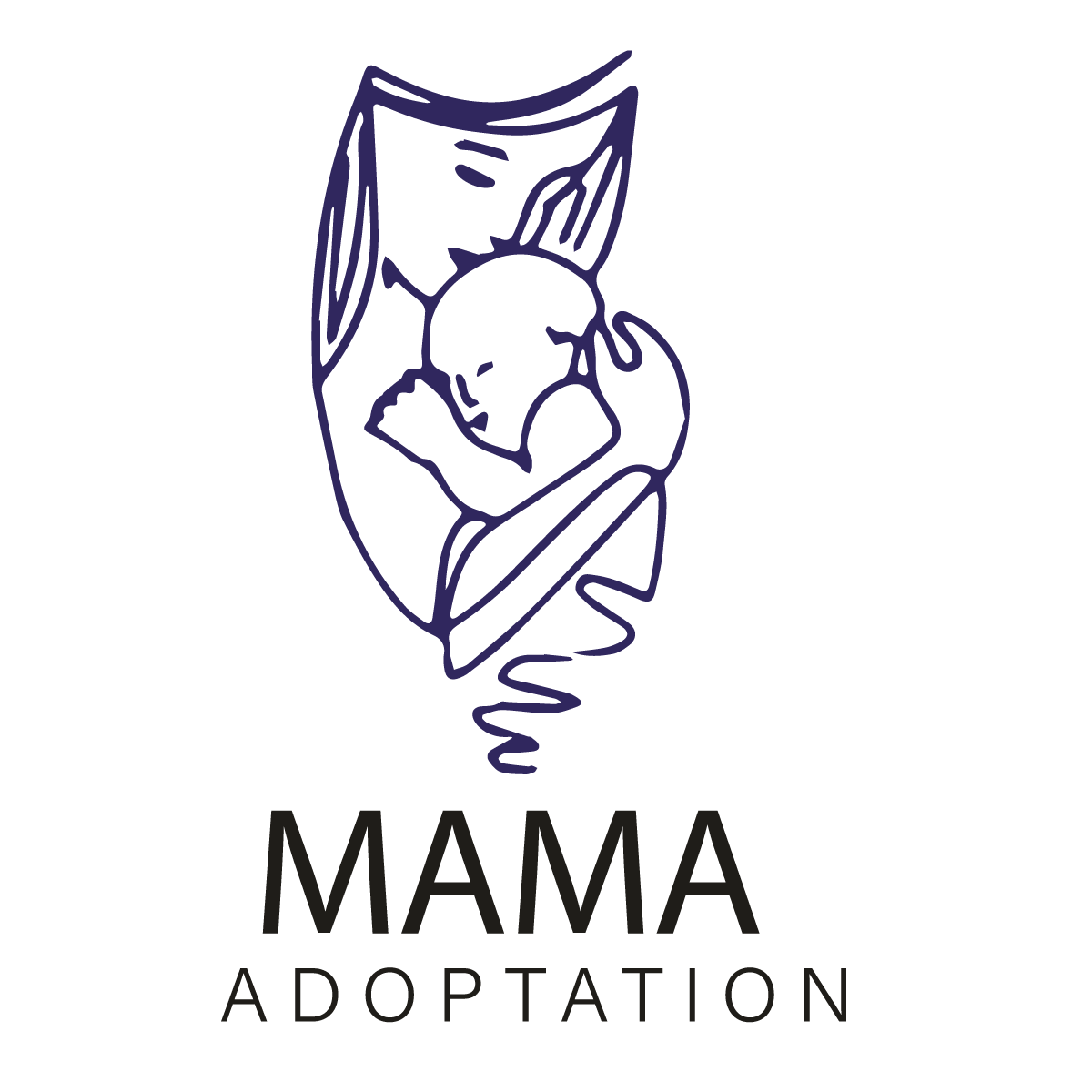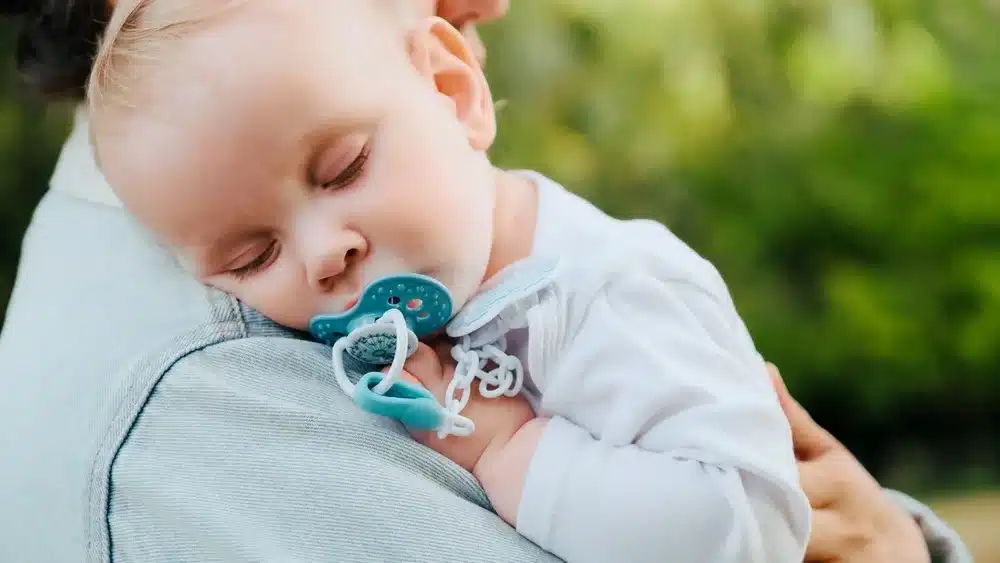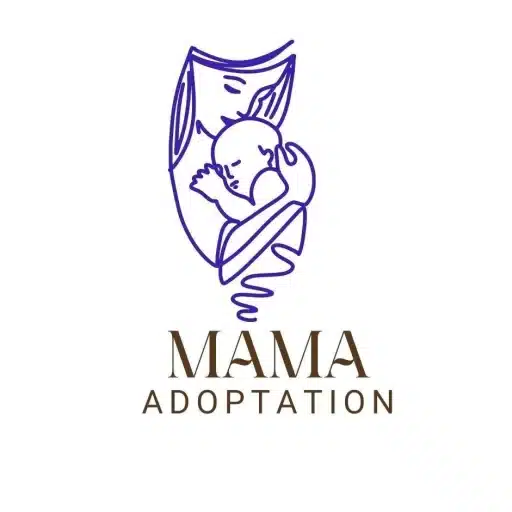Many babies experience tummy troubles, and gas is a common problem. Parenting brings numerous joys, but it also comes with its challenges, especially when determining the reasons behind a baby’s discomfort. Gas in infants is a common concern for parents or caregivers, while numerous factors contribute to this issue, the question of whether a pacifier could be a culprit often arises. Understanding whether a pacifier causes gas in babies involves exploring various aspects of their feeding habits and comfort.
- What are pacifiers?
- Do Pacifiers Cause Gas in Babies?
- What is the connection between Pacifiers and Gas in babies?
- How to Relieve Gas in Babies?
- Are pacifiers Good for Babies?
- Can I Use a Pacifier for My Breastfed Baby?
- What are the safety considerations when choosing a pacifier for a baby?
- 5 Alternatives to Pacifiers
- Debunking Common Myths
- Conclusion:
- FAQ’s
Pacifiers can lead to gas in babies in a few ways, including when they swallow air, when they disrupt their normal feeding patterns, and when they cause bacterial overgrowth. As an expert pediatrician, I will talk about the possible connection between pacifiers and gas in babies, discuss the evidence, and give tips on how to reduce the risk of gas-related discomfort.
What are pacifiers?
Pacifiers, also known as soothers or binkies are small, nipple-shaped devices designed for babies to suck on. Made from materials like silicone or latex, pacifiers provide comfort and can help satisfy a baby’s natural sucking instinct. They are commonly used to soothe and calm infants, particularly during periods of fussiness or when they are trying to fall asleep. Pacifiers are available in various shapes and sizes, and their use is a personal choice for parents, although some advocate for limited and careful use to avoid potential issues with dental development or dependency.
Do Pacifiers Cause Gas in Babies?
Using pacifiers with babies can be a helpful tool for soothing and comforting, and they typically do not cause gas issues on their own. However, it’s crucial to be mindful of how pacifiers are introduced and used. Vigorous sucking on a pacifier can lead to air swallowing, potentially contributing to gassiness. Additionally, if pacifiers disrupt regular feeding schedules or are used in place of feeding, it might impact the baby’s overall milk intake and contribute to hunger-related air swallowing. Proper usage, a gentle sucking motion, and ensuring that pacifiers complement rather than replace regular feedings can help minimize any potential association with gas discomfort in babies. If concerns persist or if there are signs of persistent discomfort, consulting with a pediatrician is advisable for personalized guidance.
What is the connection between Pacifiers and Gas in babies?
The connection between pacifiers and gas in babies lies in the potential for increased air swallowing during pacifier use. While pacifiers themselves do not inherently cause gas, a baby’s sucking action on the pacifier may lead to the ingestion of air. Excessive or vigorous sucking can result in the baby swallowing more air than usual, which may contribute to gassiness.
It’s essential for parents to be attentive to the baby’s sucking pattern and use pacifiers in a controlled manner. Ensuring a gentle and appropriate latch on the pacifier can help minimize the intake of air. Additionally, if pacifiers are introduced in a way that disrupts regular feeding schedules or replaces feeding sessions, it may impact the baby’s overall milk intake and potentially lead to hunger-related air swallowing during subsequent feedings.
In summary, while pacifiers themselves are not a direct cause of gas, the manner in which they are used can influence a baby’s air intake, potentially contributing to gassiness. Being mindful of pacifier use, feeding practices, and the baby’s overall comfort can help mitigate any potential issues. If concerns persist, consulting with a pediatrician is advisable for personalized guidance.
How to Relieve Gas in Babies?
If your baby is experiencing gas, there are a few things you can do to help relieve the discomfort:
- Burp your baby frequently: Burping your baby regularly during and after feedings can help release trapped air from the upper digestive tract.
- Massage your baby’s tummy: Gently massaging your baby’s tummy can help move gas through the digestive system.
- Apply a warm compress: Applying a warm compress to your baby’s tummy can help ease discomfort.
- Try gripe water: Gripe water is a natural product that can help relieve gas in babies.
- Change your baby’s feeding position: Try different feeding positions to see if one helps your baby swallow less air.
- Keep a food diary: Tracking what you eat can help you identify any foods that may be causing your baby gas.
- Talk to your doctor: If your baby’s gas is severe or doesn’t improve with home care, talk to your doctor. They may recommend medication or other treatments.
- Probiotics: Discuss with your pediatrician the option of introducing probiotics to promote a healthy balance of gut bacteria, which may aid in digestion.
Here are some additional tips to help reduce the risk of gas in babies:
- Limit pacifier use: Aim to limit pacifier use to soothing, not as a substitute for feeding.
- Choose the right pacifier: Select a pacifier with a nipple that is the appropriate size and shape for your baby’s mouth to reduce air swallowing.
- Keep pacifiers clean: Regularly clean and sterilize pacifiers to prevent the growth of bacteria.
- Breastfeed: Breastfeeding can help reduce the risk of gas in babies.
- Use a slow-flow bottle: Using a slow-flow bottle can help your baby swallow less air during feedings.
- Avoid letting your baby cry: Crying can cause your baby to swallow more air.
- Feed your baby at room temperature: Cold milk or formula can cause your baby to swallow more air.
- Keep your baby upright: Keeping your baby upright after feedings can help prevent spit-up, which can introduce more air into the stomach.
- Keep track of your baby’s bowel movements: Constipation can make gas worse. If your baby is constipated, talk to your doctor.
Are pacifiers Good for Babies?
Yes, pacifiers can offer benefits for babies. They can soothe and comfort babies, aiding in relaxation and potentially reducing the risk of Sudden Infant Death Syndrome (SIDS) during sleep. However, their prolonged use or introduction at inappropriate times may pose risks, such as dental issues or nipple confusion during breastfeeding. Moderation and careful consideration of a baby’s needs are key when using pacifiers.
Also Read: How Many Pacifiers Do I Need for Baby? (Best Guide!)
Position to Relieve Gas in Babies
Certainly! Here are some positions that can help relieve gas in babies:
- Over the Shoulder: Hold your baby upright against your shoulder, supporting their head and chest with your hand. Gently pat or rub their back to encourage burping and the release of trapped gas.
- On the Lap: Sit your baby on your lap, facing away from you, while supporting their chest and head with your hand. Gently lean them forward slightly and pat their back to help release gas.
- Tummy Time: Place your baby on their tummy while they are awake and supervised. This position encourages movement and can aid in passing gas.
- Bicycle Legs: Lay your baby on their back and gently move their legs in a cycling motion, mimicking riding a bicycle. This movement can help relieve gas by stimulating the digestive system.
- Knee-to-Chest: While your baby is lying on their back, gently bring their knees up towards their chest and hold for a few seconds, then release. Repeat this motion as needed to assist in passing gas.
- Tiger in the Tree Pose: Lay your baby face down along your forearm, with their belly resting on your arm and their head supported. Gently pat or rub their back to help release gas.
Remember, these positions can vary in effectiveness from baby to baby. Experiment with different positions and movements to find what works best to relieve your baby’s gas discomfort.
Can I Use a Pacifier for My Breastfed Baby?
Yes, you can use a pacifier for your breastfed baby, but it’s important to introduce it at the right time to avoid potential issues. As a pediatrician, I am advising to wait until breastfeeding is well established, typically around 3 to 4 weeks, before introducing a pacifier. This delay allows your baby to become accustomed to breastfeeding and reduces the risk of nipple confusion, which might affect proper latch during breastfeeding sessions. Moderation is key; offer the pacifier sparingly, particularly during times when your baby needs soothing or for non-nutritive sucking. Always prioritize feeding cues over pacifier use, ensuring your baby’s hunger is addressed through breastfeeding. 58% mothers continue breastfeeding for the two years of age. Select pacifiers designed for infants and maintain proper hygiene by regularly cleaning and inspecting them for any signs of damage. Consulting with a lactation consultant can provide tailored guidance regarding the use of pacifiers with a breastfed baby.
What are the safety considerations when choosing a pacifier for a baby?
Absolutely, here are the safety considerations for choosing a pacifier for baby:
- Age Appropriateness: Ensure the pacifier is designed for infants and matches your baby’s age.
- One-Piece Design: Opt for pacifiers with a one-piece construction to prevent parts from detaching.
- Shield Size: The shield should be larger than your baby’s mouth to prevent swallowing.
- Ventilation Holes: Check for ventilation holes in the shield for airflow and to prevent skin irritation.
- Safe Materials: Choose pacifiers made of non-toxic materials like medical-grade silicone or latex, avoiding BPA.
- Regular Inspection: Check for signs of wear, cracks, or damage and discard deteriorated pacifiers.
- Secure Nipple: Ensure the nipple is firmly attached to the shield; test for any signs of weakness.
- Hygiene Maintenance: Wash pacifiers regularly with warm, soapy water and sterilize them periodically, especially when new or after they’ve been dropped.
Adhering to these safety guidelines can help you select a pacifier that prioritizes your baby’s safety and comfort. Always supervise your baby during pacifier use and promptly replace any damaged or worn pacifiers.
5 Alternatives to Pacifiers
There are some alternatives to pacifiers for soothing your baby:
1. Swaddling: Wrapping or swaddling your baby snugly in a blanket mimics the secure feeling of being in the womb, providing comfort and reducing fussiness.
2. Skin-to-Skin Contact: Holding your baby close to your skin creates a sense of security and warmth, often calming them down.
3. Rocking or Swinging: Gently rocking or swaying your baby in your arms or a baby swing can help soothe them.
4. White Noise or Shushing: Soft, repetitive sounds like white noise machines, gentle shushing, or rhythmic sounds imitating the womb environment can have a calming effect.
5. Babywearing: Using a baby carrier or sling keeps your baby close while allowing you to move around, providing comfort and security.
Debunking Common Myths
Certainly! Let’s debunk some common myths surrounding pacifiers and gas in babies:
Myth 1: Pacifiers Cause Gas:
There’s no direct correlation between pacifier use and gas in babies. Gas in infants is primarily caused by the swallowing of air during feeding or crying, not typically from pacifier use.
Myth 2: Pacifiers Create Colic:
Colic, characterized by prolonged periods of crying in babies, isn’t directly linked to pacifier use. Colic’s causes are multifactorial, involving various factors such as immature digestive systems, sensitivity to certain foods, or overstimulation, but not solely pacifier usage.
Myth 3: Pacifiers Interfere with Digestion:
Pacifiers don’t hinder digestion or cause excessive gas in babies. Gas problems usually stem from the way babies feed or swallow air during breastfeeding or bottle feeding rather than using a pacifier.
Myth 4: Pacifiers Increase Reflux:
Pacifiers don’t necessarily exacerbate reflux in infants. Reflux is typically related to the immature digestive system and a weak lower esophageal sphincter, not solely due to pacifier use.
Myth 5: Pacifiers Make Babies Hungrier:
There’s no conclusive evidence that pacifiers increase hunger in babies. While pacifiers provide comfort and non-nutritive sucking, they don’t impact hunger cues associated with feeding times.
It’s crucial to remember that each baby is different, and while pacifiers might not directly cause gas or other digestive issues, some babies might experience discomfort. Always observe your baby’s reactions and consult a pediatrician for guidance on pacifier use if you have concerns about gas or any other issues.
Conclusion:
Pacifiers can offer soothing comfort for babies but their connection to gas issues requires clarification. While not directly causing gas, improper pacifier use might lead to increased air intake, contributing to gassiness. Proper usage, including frequent burping and diverse feeding positions, can mitigate gas discomfort. The timing of pacifier introduction to breastfed babies is crucial to avoid affecting breastfeeding. Emphasizing safety in choosing pacifiers and exploring alternative soothing methods is essential. Dispelling myths surrounding pacifiers and gas provides accurate insights for parents. Always seek guidance from a healthcare professional, considering individual baby needs and behaviors.
FAQ’s
Q1: Can using a pacifier cause colic in babies?
There’s no direct evidence linking pacifier use to colic in babies. Colic has multifactorial causes and is not solely attributed to pacifier usage.
Q2: Is there a specific pacifier type that reduces gas in babies?
While there isn’t a pacifier explicitly designed to prevent gas, selecting one with a one-piece design, appropriate size, and safe materials can minimize potential issues.
Q3: Can pacifiers worsen reflux in infants?
Pacifiers typically do not exacerbate reflux in infants. Reflux is more closely related to a baby’s immature digestive system than pacifier use.
Q4: Do pacifiers affect breastfeeding and gas issues?
Introducing a pacifier too early, before breastfeeding is well established, might affect proper latch during breastfeeding. However, moderate and timed use shouldn’t necessarily lead to gas issues.
Q5: Are there specific feeding positions that prevent gas, regardless of pacifier use?
Yes, various feeding positions, like upright or semi-upright positions, can help prevent gas by reducing air intake during feedings, irrespective of pacifier use.
Q6: How can I know if my baby’s gas issues are related to the pacifier?
Gas issues can have multiple causes. If you suspect a correlation with pacifier use, try limiting the usage and observing changes in your baby’s discomfort levels. If the symptoms persist, consult a pediatrician for guidance.
Read also: When Can Baby Hold a Pacifier in Mouth?








